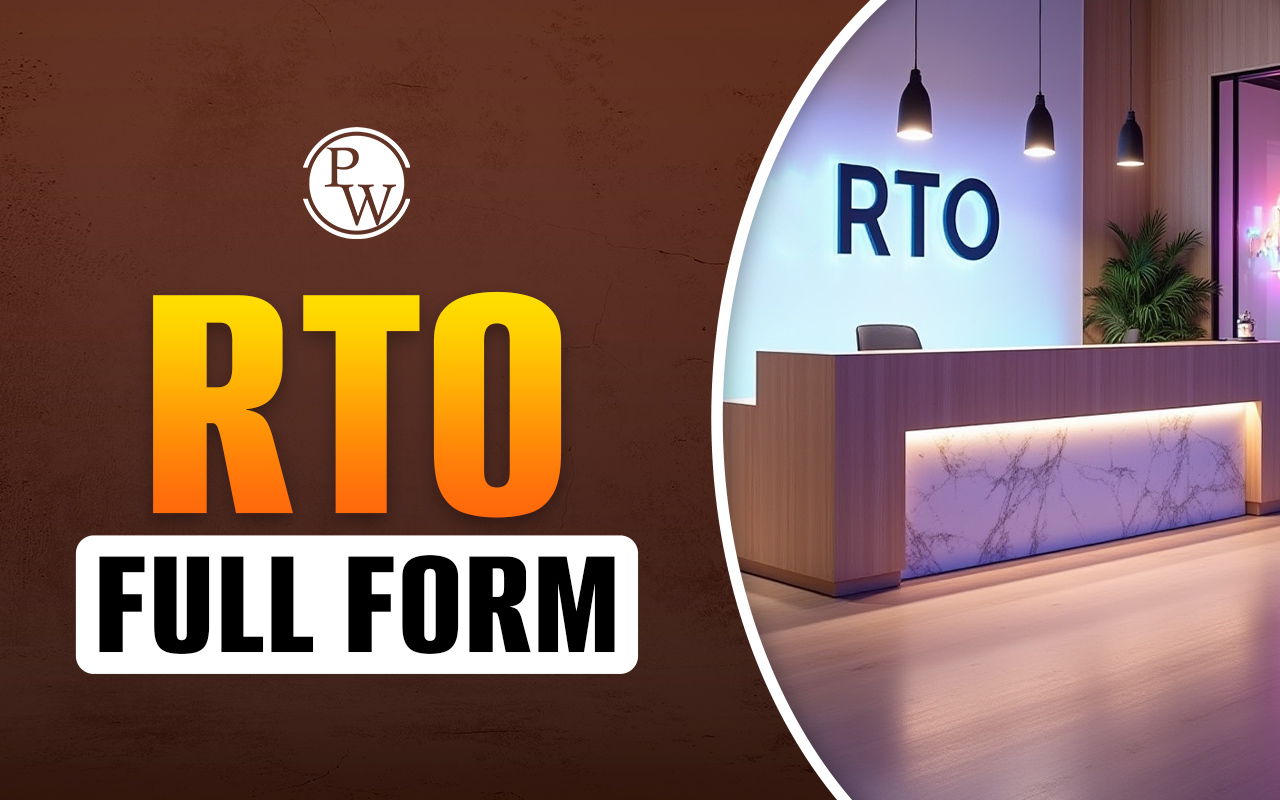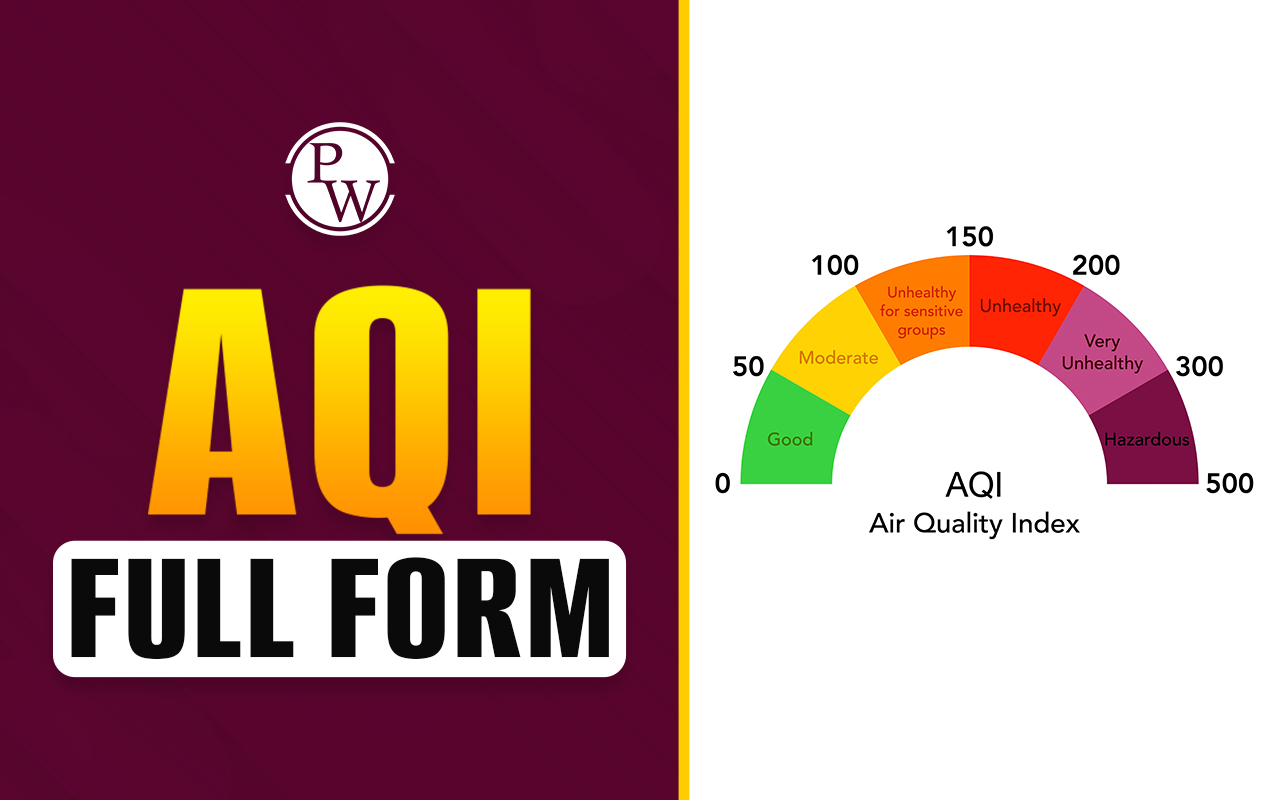

The RBI requires a bank to hold a portion of its total deposits as liquid cash and store it with the RBI as the Cash Reserve Ratio (CRR).
The bank cannot use the stored liquid cash for lending or investing and cannot earn interest on it. The RBI is always working to track cash movement throughout the whole country's economy. The RBI has monetary tools to regulate the economy. It oversees the nation's economy. A variety of ways exist to do this. The cash reserve ratio is one such crucial monetary tool. The RBI requires Indian banks to follow their specific CRR guidelines.
Therefore, the nation's central bank, the Reserve Bank of India (RBI), requires mandatory reserve-keeping. Every commercial bank must keep a predetermined portion of their net demand and time liabilities in good standing as CRR.
Liquidity will be low while CRR maintained with the RBI is high. It works vice versa, the bigger the overall liquidity of the financial sector is, the smaller the CRR maintained with the RBI.
CRR objectives:
The following are some of the key goals of CRR:
- The RBI ensures the safety of the money by holding a portion of the bank's deposits. In the event that clients need their money or deposit back, it becomes instantly available.
- One of the other objectives of CRR is to control inflation. When there is significant economic inflation, the RBI increases the CRR to lower the cash available to banks for loan approvals.
- CRR helps to control the amount of money in the economy. A decrease in the CRR is advantageous for the economy.
- The CRR serves as a base rate reference to ensure transparency in lending by linking to the loan base rate, which banks cannot lend below.
How do you calculate CRR?
The money cannot be invested or lent by the bank. When the CRR rate is 4%, a bank must hold 4% of the total NDTL in cash.
The NDTL (Net Demand and Time Liabilities) is made up of liabilities like current deposits, demand drafts, cash certificates, gold deposits, fixed deposits (FDs), dividends, etc. The cash reserve ratio can be calculated using the following simple formula:
CRR= (Liquid Cash/NDTL) x 100
[wp-faq-schema title=" Full Form of CRR FAQs" accordion=1]
What does CRR intend to achieve?
When CRR is high or increased, what happens?
Why is CRR kept up to date?
Who holds CRR?
When CRR is low or decreased, what happens?












